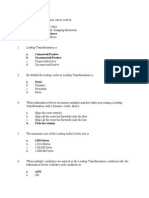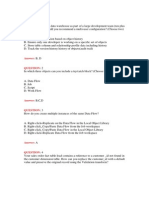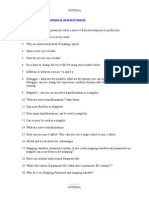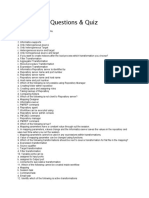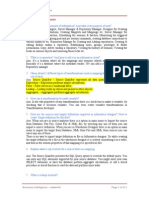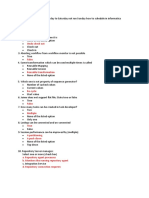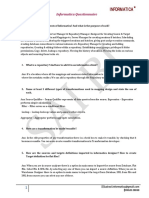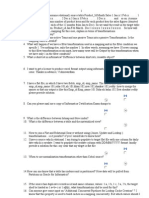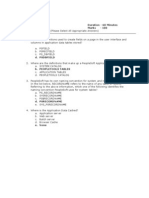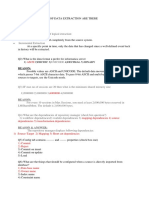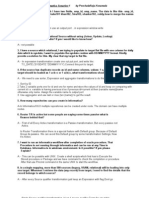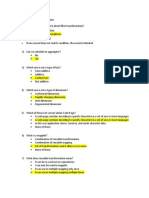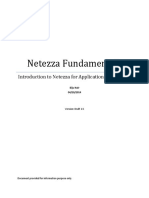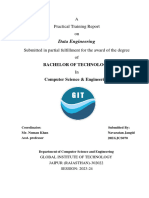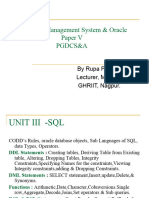0% found this document useful (0 votes)
15 views4 pagesInformatica Advanced MCQs Part2
The document outlines key concepts in Informatica, focusing on parameters, variables, inbuilt functions, advanced transformations, and scenario-based strategies. It includes multiple-choice questions and answers that highlight the differences between parameters and variables, the use of functions for data manipulation, and optimization techniques for performance improvement. The content serves as a guide for understanding Informatica's functionalities and best practices.
Uploaded by
Karthikeyan VellayappanCopyright
© © All Rights Reserved
We take content rights seriously. If you suspect this is your content, claim it here.
Available Formats
Download as PDF, TXT or read online on Scribd
0% found this document useful (0 votes)
15 views4 pagesInformatica Advanced MCQs Part2
The document outlines key concepts in Informatica, focusing on parameters, variables, inbuilt functions, advanced transformations, and scenario-based strategies. It includes multiple-choice questions and answers that highlight the differences between parameters and variables, the use of functions for data manipulation, and optimization techniques for performance improvement. The content serves as a guide for understanding Informatica's functionalities and best practices.
Uploaded by
Karthikeyan VellayappanCopyright
© © All Rights Reserved
We take content rights seriously. If you suspect this is your content, claim it here.
Available Formats
Download as PDF, TXT or read online on Scribd
/ 4











